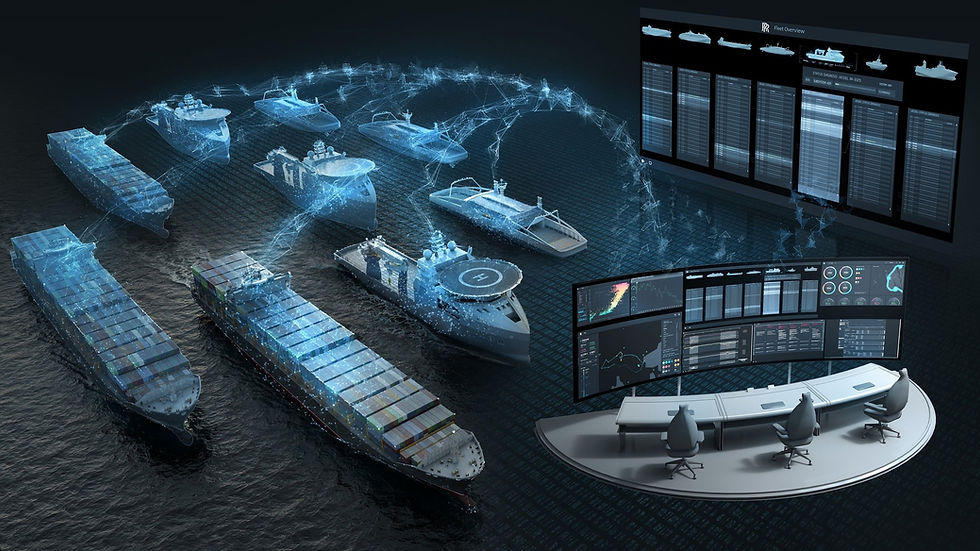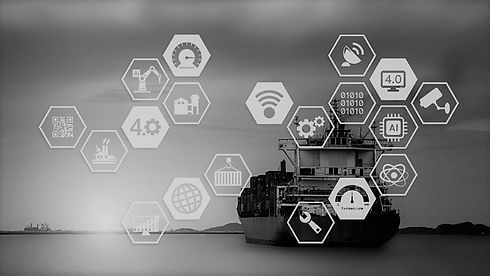Autonomous Ship Consortium

Welcome to the
Autonomous Ship Consortium
The Autonomous Ship Consortium is an organization supporting projects enabling autonomous ship. The Autonomous Ship Consortium includes researchers, operators, developers and regulators from American and Japanese top universities and leading Japanese shipping companies. The general objective is to nurture technological talents and develop technical systems with the aim of realizing autonomous ships in Japan’s coastal areas within the next six years.
PROJECTS

Human Factor
-
Develop human-factor related human-in-the-loop scenarios for manned and unmanned autonomous ship operations
-
Review literatures and identify relevant HF issues involved in autonomous ship operations and management
-
Explore safety equivalent issues involved in validating man-machine systems
-
Identify relevant dataand collect/search for the data sets
-
Develop initial models and test the models with the collected data sets
Shipware Architecture
-
Develop better understanding of ROS
-
Explore Autowarefor insights on framework design
-
Design Shipwaregeneral frameworkand focusedframework
-
Develop use case scenarios for the focused framework
-
Develop a suitable dynamic ship simulation environment
-
Developed a Shipware-basedto the ship simulation prototypefor the identified use case scenarios

Situation Awareness & Collision Avoidance
-
Develop use case scenarios for situation awareness and collision avoidances
-
Re-tool collision avoidance simulation environment
-
Identify and example multiple SA and CA technologies and models including mathematical models and AI models
-
Develop a plan for simulation based studies
-
Develop a prototype system for the selected use case scenarios
Ship Monitoring & Fault Diagnosis
-
Develop multiple use case scenarios for ship engine room monitoring and fault diagnosis
-
Review, identify, and develop relevant technologies and models for engine room monitoring and fault diagnosis
-
Develop plans for, and carry out, data collection
-
Develop initial prototype AI models for engine room fault diagnosis

Regulation
-
Review the state of the art of regulation movement for autonomous ships
-
Classify autonomous shipping regulationissues into different categories
-
Identify and collect relevant literature (papers, regulations, etc.)
-
Identify data collection issues related to regulation

MEMBERS
OPERATORS




RESEARCHERS






DEVELOPERS




REGULATORS


DIRECTORS

Yan Jin
Professor
University of Southern California

Ando Hideyuki
Director
MTI Co., LTd.
SHIPWARE ARCHITECTURE GROUP LEADERS
SITUATION ASSESSMENT & COLLISION AVOIDANCE GROUP LEADERS

Edwin Williams
PhD Student
University of Southern California

Ryo Yamaguchi
Asst. Manager
Engineering Dept, Marine System Company
TOKYO KEIKI INC.
ENGINE & SHIP MONITORING AND MAINTENANCE GROUP LEADERS
HUMAN IN THE LOOP AND HUMAN FACTORS GROUP LEADERS
AUTONOMOUS SHIPS REGULATION GROUP LEADERS

Chuanhui Hu
PhD Student
University of Southern California

Ando Hideyuki
Director
MTI Co., LTd.

Zijian (Jamey) Zhang
PhD Student
University of Southern California

Putu Hangga
Researcher
Solution Team, Monitoring Center Unit, Maritime & Logistics Technology Group
MTI Co., LTd

Yunjian (Jojo) Qiu
PhD Student
University of Southern California

Ryo Kakuta
Manager
Simulation Team, Maritime & Logistics Technology Group
MTI Co., LTd.

Fumitaka Kimura
Chief Specialist
Digital Transformation Center
ClassNK
